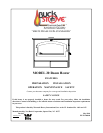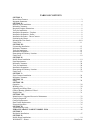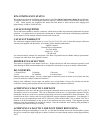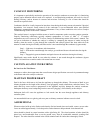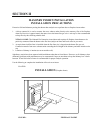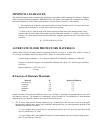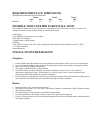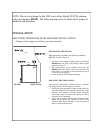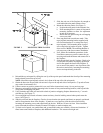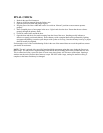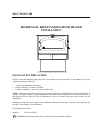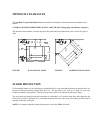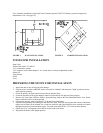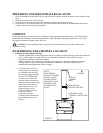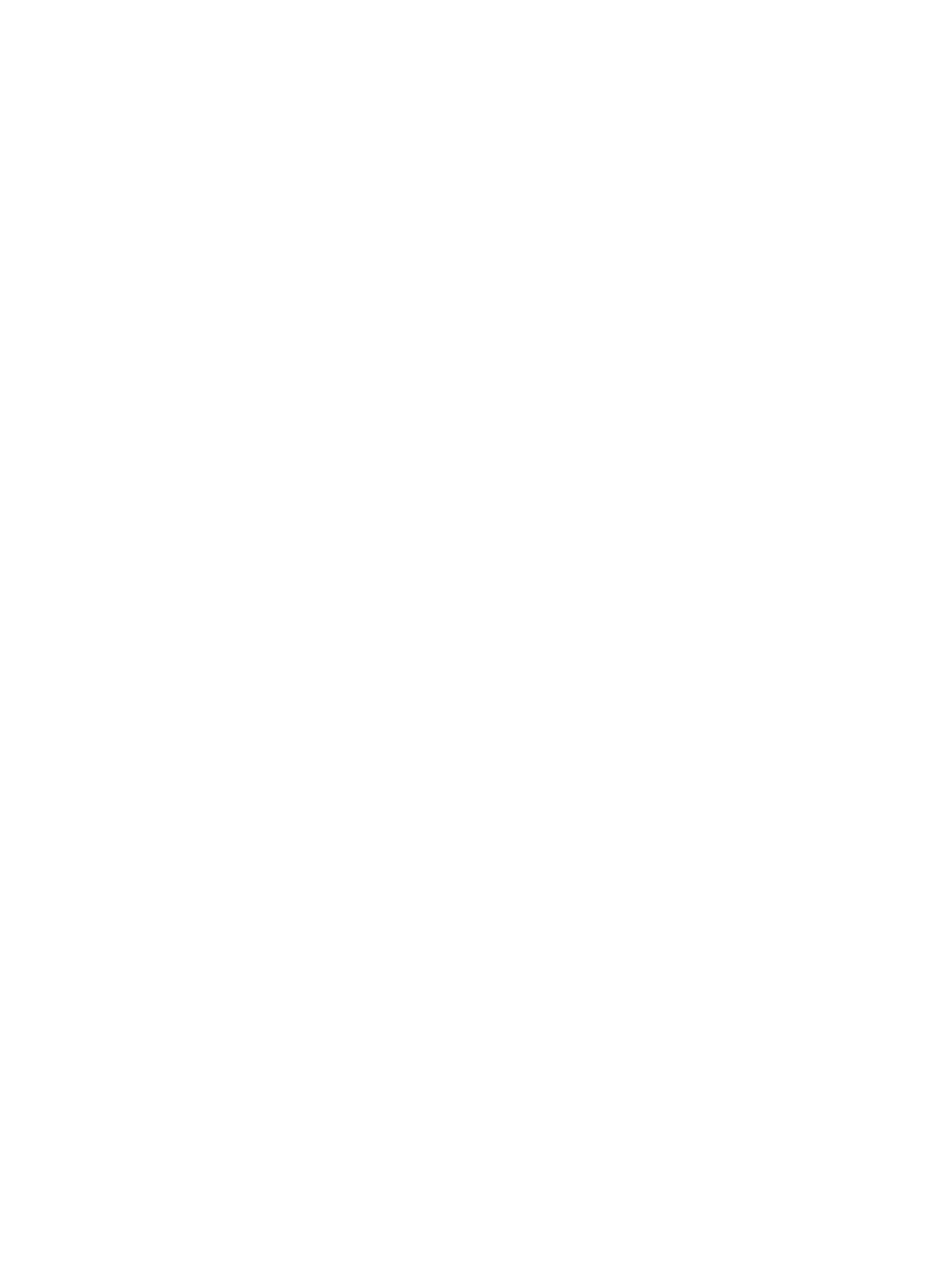
MINIMUM CLEARANCES:
The Model 20 Fireplace Insert is intended for installation in accordance with the standard for chimneys, fireplaces,
vents, and solid-fuel burning appliances, NFPA-211 Code. This model is not intended for installation into factory-
built metal fireplaces or for use with a metal chimney (except as listed in Section V of this manual).
1. The hearth must be of masonry construction and must extend a minimum of 16” in front of the firebox
opening and a minimum of 8” to either side of the firebox opening.
2. If there is not 16” from the front of the firebox opening and the front of the masonry hearth, a floor
protector must be used in front of the hearth to protect combustible materials. 2” of brick, a listed “floor
protector” or a floor protector made of non-combustible, inorganic material with a K* factor may be used
as follows:
K = 2.5 BTU/((HR) (Ft
2
) (
o
F/IN))
ALTERNATE FLOOR PROTECTORS MATERIALS
With the floor protector or hearth extension material specified as one layer of 2” thick brick with a K* factor of
5.0, you may use alternate materials as long as the K* factor (s) is calculated as follows:
Formula: Required thickness = (K of alternate material/K of millboard) x (thickness of millboard)
Example: An alternate inorganic non-combustible millboard with a K of .9375 would require a thickness
as follows:
Required thickness = (.9375/5.0) x 2 in.
= 3/8 inch
K Factors of Alternate Materials
Material K Required Thickness
Ceroform 126 .21 1/8”
Limestone 8.0 3.2”
Concrete 8.0 3.2”
Sandstone 13.0 5.2”
Marble 18.0 7.2”
Hearth extension or floor protector thickness above four (4) inches is generally not acceptable due to cost, floor
load capacity, and look. The alternate we recommend is using Ceroform No. 126 millboard 1/8” thick minimum
and putting any type decorative brick or stone (any thickness) on top of it.
• The K* factor represents the thermal conductivity of a material and is the time rate of heat flow through a
homogeneous material under steady-state conditions, through unit area, per unit temperature gradient in the
direction perpendicular to a surface.
3. If your fireplace has wood trim above it, the wood trim must be at least 8” above the top of the unit and
may be a maximum of 1/2” thick.
4. If your fireplace has a wood mantel, the mantel or mantel supports must be located at a height greater
than 12” above the top of the unit.



